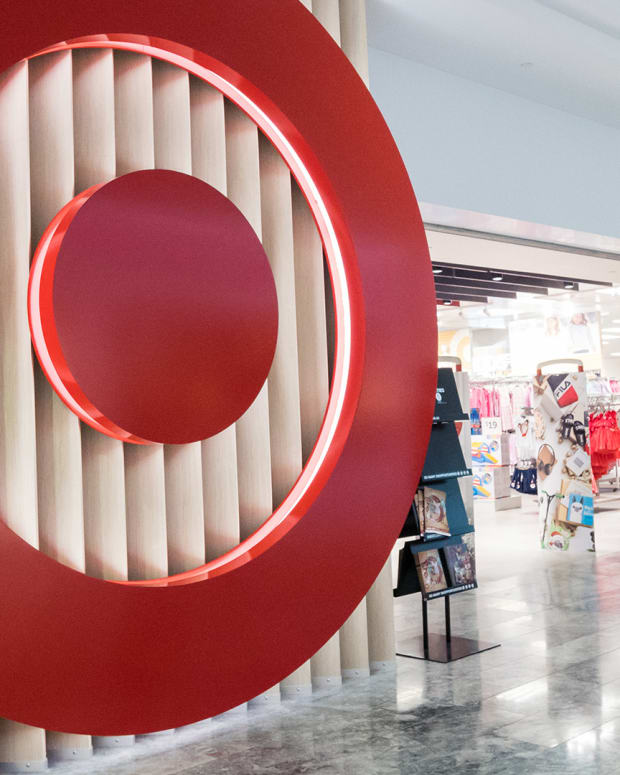Inflation has risen to 7.5% and consumers are feeling the impact as supply chain woes and higher energy costs have driven up the cost of living at the fastest rate in 40 years.
The prices for healthcare have started to rise along with the higher prices Americans have been paying for food, utilities and gasoline.
The U.S. Labor Department reported this week that consumers faced higher utility bills in January as electricity prices increased by 4.2%, which was the largest monthly rise since 2006.
Gas and Oil Continue to StingEnergy prices have been rising and are volatile as geopolitical tensions between Ukraine and Russia remain and as the amount of crude oil remains shorter in supply. Electricity prices increased by 10.7% in January compared to 2021.
While gas prices decreased by 0.5% in January from the prior month, they had skyrocketed by 23.9% from a year ago.
Your Pantry is Expensive, But So is Your CarThe price of food increased by a seasonally adjusted 1% in January from December, the Labor Department said.
Cereal and bakery products rose by 1.8% while the increase for meats, poultry, fish and eggs were lower at 0.3%. Meat prices rose steadily during the past year and are 12.2% more than a year ago.
The continued shortage of computer chips contributed to the steady increase in auto prices. Used cars and truck prices s rose by 1.5% and by 40.5% for 2021. Inflation for new autos was flat for January but was 12.2% more than 2021.
Rent Or Own, The Price is PinchingBoth renters and home buyers have faced increases since the beginning of the pandemic. Rental prices increased by 0.5%, which was the fastest pace since 2001. Housing price increases typically appear a few months later for inflation statistics. The median sales price of homes rose by 17% in 2021.
So What Does it All Mean?Inflation is impacting more industries that were immune from higher prices previously, Gus Faucher, chief economist at PNC Financial Services Group, told the Wall Street Journal.
“Businesses are dealing with higher labor costs, they’re dealing with higher input costs and they’re passing some of those along to their consumers,” he said.
Consumer spending increased by an inflation-adjusted 7.9% in 2021 from 2020, based on data from the Commerce Department.
While consumer confidence levels could drop from the rising prices, consumers are less reluctant to make purchases as the labor market remains tight, wages have risen and savings from prior stimulus programs, Faucher said.
